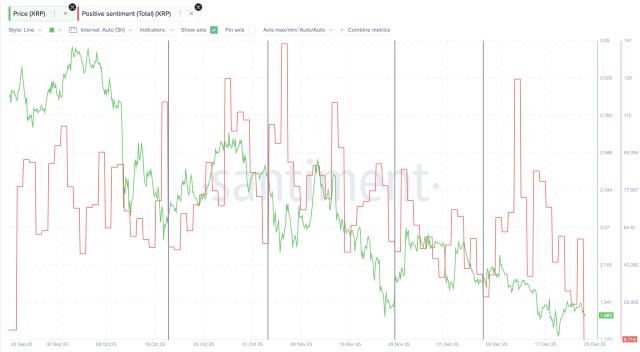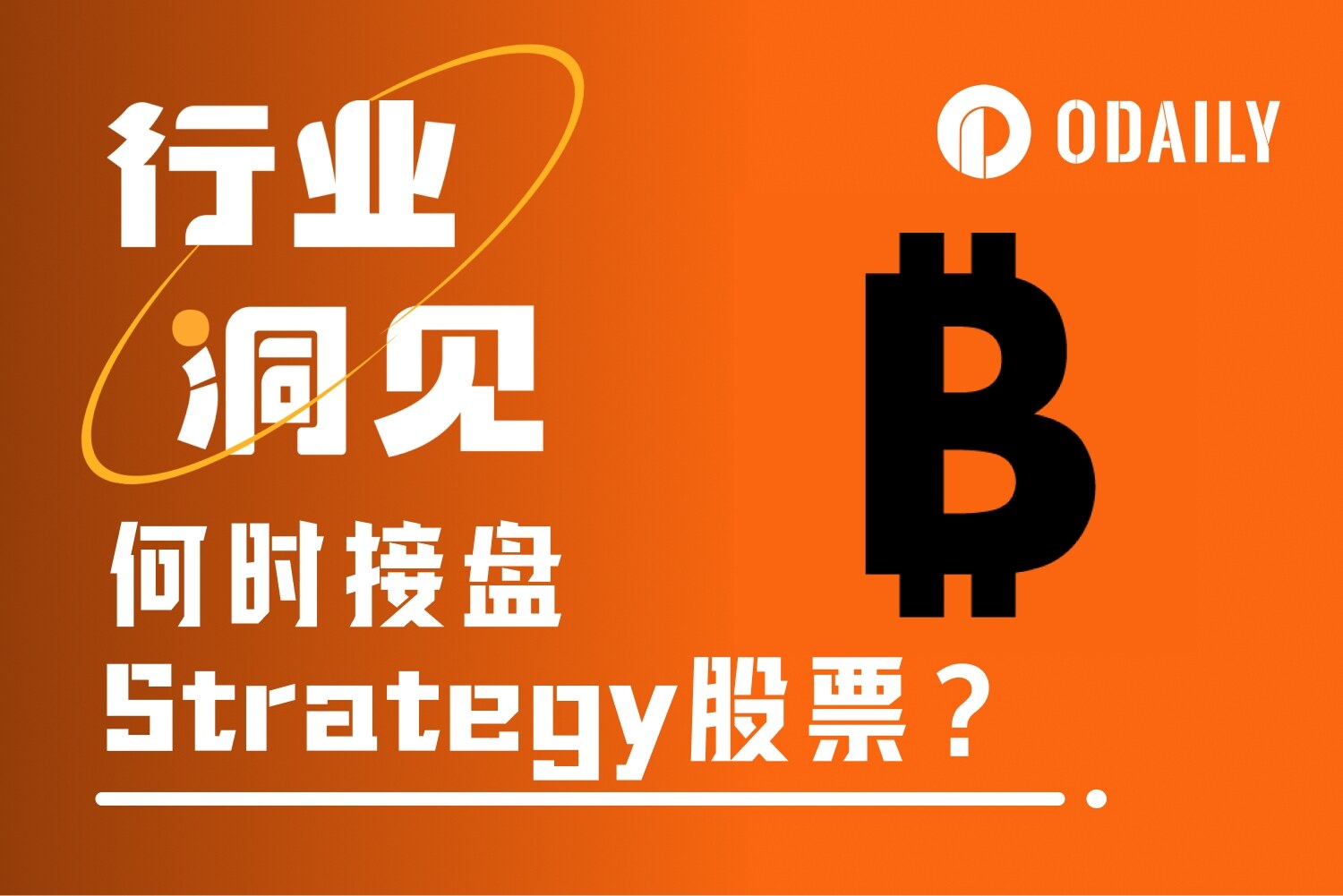Written by: Bixin Ventures
On the afternoon of February 21st, Beijing time, Eigenlayer, which is regarded by many front-line investment research institutions as the most important innovation of Ethereum in 2023 and which may open a new narrative direction for Ethereum, finally disclosed its V1 white paper .
Eigenlayer is a re-staking (Re-staking) protocol built on Ethereum. Ethereum nodes can re-pledge the pledged ETH through EigenLayer to obtain additional income. Protocols such as class middleware, data availability layer, and side chains allow them to enjoy Ethereum-level security at a lower cost.
Bixin Ventures interpreted this long-overdue white paper for the first time, focusing on Eigenlayer's basic principles, operating mechanism, security assurance, governance framework, application scenarios, commercialization prospects and other core content. We will then conduct a more in-depth analysis of EigenLayer. Welcome to subscribe to Bixin Ventures’ Twitter and Medium columns to get more in-depth interpretations and first-hand research on projects in a timely manner.
With the release of the white paper, EigenLayer also plans to organize a community space tomorrow at 9 am (PT), where you can also ask questions and learn more about EigenLayer.
1) Fragmented trusted network
Currently, thousands of decentralized applications (DApps) are built on top of Ethereum, and the entire ecosystem is constantly growing. A credible decentralized underlying network value foundation stems from: developers do not need any reputation or trust, so that the DApp developed by them can be adopted by anyone who trusts and verifies the underlying blockchain. Rollup is an important direction of Ethereum performance expansion: do not use EVM to execute transactions, and finally return to Ethereum for settlement. Although different Layer 2 adopts different security verification methods, people trust Layer 2 based on Ethereum.
However, any module that is not deployed or proven on top of the EVM cannot take advantage of the security of Ethereum's trusted underlying layer, such as sidechains based on new consensus protocols, data availability layers (DA), new virtual machines, oracles, and trustworthy Generally speaking, they need to build their own independent AVS (Active Verification System) to be responsible for their own system security. The current AVS ecology has some shortcomings:
Building a new AVS means building a new trusted network, which is not easy;
The new AVS means that users need to pay an additional AVS fee while supporting the Ethereum interaction fee, which will lead to value loss;
For verifiers, entering a new verification system means bearing a certain opportunity cost and risk exposure;
The current AVS system has weakened the safety factor for some DApps. This is reflected in the fact that the security of some DApps that rely on middleware relies on the trust assumptions of Ethereum and middleware at the same time, and the cost of attacking middleware is low and the possibility of encountering risks increases.

2) Re-pledging and free market governance
EigenLayer introduces two new concepts, re-staking and free market governance to extend the security of Ethereum to other systems and improve the efficiency of governance.
- re-pledge
EigenLayer allows users to re-pledge the ETH pledged on Ethereum to EigenLayer. These re-pledged assets can be used for data availability layer, oracle machine, middleware, Layer2, etc. Validators can also obtain corresponding rewards by providing them with security and verification services.
- free market governance
EigenLayer allows verifiers to freely choose which modules to participate in according to their own risk preferences, but the premise for verifiers to make profits is to ensure safety. EigenLayer's governance model has two advantages. The first is to integrate the robust underlying blockchain into fast and efficient elements. The second is the optional verifier mode that enables new modules to fight for other resources among verifiers. So as to better balance security and performance.
AVS on EigenLayer can rent the security services of Ethereum validators, which has the following benefits:
A new AVS can enhance economic security through Ethereum's validators.
The cost of using Ethereum's security enhancements is generally minimal.
The security model at EigenLayer increases the cost of the breach ($13 billion).
Value accumulation: Let ETH pledgers obtain the benefits in AVS.

2.1 Support multiple pledge modes
EigenLayer provides a variety of pledge methods similar to Lido's Liquid Staking and Superfluid Staking, where Superfluid Staking can allow the pledge of LP pairs, specifically:
Direct pledge, directly pledge the ETH pledged on Ethereum to EigenLayer.
LSD is pledged, and the assets that have been pledged in Lido or Rocket Pool are pledged to EigenLayer again.
ETH LP pledge, pledge the LP Token pledged in the DeFi protocol to EigenLayer again.
LSD LP pledge, such as Curve's stETH- ETH LP Token is pledged to EigenLayer again.
2.2 Client
For those re-stakers who are interested in EigenLayer but do not want to be node operators (operators), they can entrust their rights to other node operators, and these node operators will then pledge their tokens to Ethereum and will receive benefits A portion of the stake is allocated to these re-pledgers. EigenLayer provides two modes:
Individual pledge mode: pledgers provide verification services and can directly join AVS, or entrust the operation to other operators while continuing to verify for Ethereum.
Trust mode: choose a trusted operator to operate, if the selected operator does not perform as agreed, then its interests as a client will be punished. In addition, re-pledgers need to consider the fee ratio with the delegator. A new market is expected to be formed here. Each EigenLayer operator will establish a delegation contract on Ethereum, which stipulates how to distribute the fee to the delegator.
3) Forfeit
3.1 Design of slashing mechanism
Cryptoeconomic security quantifies the cost of attacking a network, which is referred to as the "Cost-of-Corruption". When the damage cost is greater than the possible damage benefit (Profit-from-Corruption), the system has a strong security. EigenLayer's slashing mechanism will increase the cost of destruction and make encrypted networks more secure.
3.2 Do not use homogeneous warrants
EigenLayer will not issue homogeneous tokens as pledge warrants, because each user may have different options for appointing pledges, so they also have different risk of confiscation; at the same time, if homogeneous tokens are used to guarantee the Transparency creates conflicts between position owners and node operators.
3.3 Similarities and differences with merged mining
The concept of EigenLayer restaking is similar to the merged mining concept of Bitcoin/Namecoin, Bitcoin/Elastos, Bitcoin/RSK and Litecoin/Dogecoin. Merged mining can save a lot of cost, because the mining machine can mine different PoW blockchains at the same time under the same encryption mechanism. For the PoS blockchain, the biggest cost for the verifier is the pledge cost, and re-pledging allows the pledged funds to be utilized on different execution layers.
However, the similarities between merged mining and restaking end there. Assuming that some of the main public chain verifiers for both PoS and PoW are verifiers of multiple chains at the same time (that is, merged mining occurs in PoW, and re-staking occurs in PoS), when they attack smaller public chains (such as : Deliberately sign the wrong state root and cause problems with cross-chain assets), then there will be two situations:
In the PoS chain merged by re-pledging, the following measures can be taken: fraudulent proofs can be issued for incorrect state transition roots on the main chain, and the pledged funds of malicious verifiers will be confiscated.
For the PoW public chain, even if all miners on the main chain choose to merge the chain of mining, there is no significant cryptoeconomic security. The main reason is the inability to take the option of slashing - our inability to slash would result in the malicious miner's mining hardware being disabled or removed, and the miner's hardware would still have value.

3.4 Risk Management
There are two types of risks in EigenLayer:
Many operators may collude to attack a group of AVS simultaneously;
AVS may have unexpected slashing vulnerabilities, such as honest nodes may be slashed.
3.4.1 Operator Collusion
In reality, only a subset of operators opt-in to a given AVS, some of these operators may collude to steal funds from a group of AVSs, and sophisticated attacks can then emerge.
One solution is to limit the damage gains from any particular AVS. The solution is up to the designers of those AVS. For example,
The bridge can limit the flow of value during the slashing period,
The oracle can limit the total value of transactions in that period, etc.
Another solution is that EigenLayer can actively increase the destruction cost of AVS. EigenLayer creates an open-source dashboard by which AVSs built on EigenLayer can monitor whether a set of operators participating in its verification tasks are also re-staking in many other AVSs. AVS can make specifications in its contracts that only incentivize EigenLayer operators participating in a small number of AVS.
3.4.2 Accidental forfeiture
Before the AVS and its related infrastructure and contracts are actually tested, many slashing risks need to be controlled to avoid greater overlapping risks. One risk is an accidental slashing vulnerability (e.g., a code bug) in the creation of AVS that, if triggered, would result in honest operators losing funds.
We propose two solutions here:
Security Audit: The AVS code base must be audited like a smart contract.
One-vote veto ability for slashing (veto): There is a governance layer in EigenLayer, which is mainly composed of important members of the Ethereum and EigenLayer communities, which has the ability to veto slashing decisions through multi-signatures.
3.5 Governance Framework
EigenLayer is governed using a reputation-based committee made up of prominent figures in the Ethereum and EigenLayer communities. This committee will be responsible for upgrading the EigenLayer contract, reviewing and vetoing slashing events, and allowing new AVS to enter the slashing review process.
AVS can use this committee to reassure re-mortgagers in EigenLayer that they will not be maliciously or wrongly slashed. At the same time, AVS developers can conduct practical tests on the code base related to AVS. Once mature and gained the trust of re-stakers, AVS can stop using the committee as a fallback. When AVS is created on top of EigenLayer, the committee may need to conduct security audits and other due diligence, including checking system requirements for verifiers to serve AVS.
3.6 Minimize centralization risk while maximizing security
We noticed that when all the ETH re-hypothecated using EigenLayer is used to secure an AVS, the maximum security of this AVS can be obtained. However, there are two obstacles to this:
Whether the expected revenue from AVS to the operator can be higher than the operating cost;
Whether the operator has enough computing resources to participate in the verification of AVS.
EigenLayer proposes two possible module design patterns to alleviate these concerns:
Hyperscale AVS (Hyperscale AVS) : In Hyperscale AVS, the total computational workload is distributed among all N participating operators. In this way, storage costs and node throughput requirements will be reduced, and the system itself can achieve high throughput by aggregating the performance of multiple nodes.
Lightweight AVS (Lightweight AVS) : The cost of some tasks is very low, and the required computing infrastructure is also very low. Tasks can be performed redundantly by all operators, such as verifying zk-proof, etc.
4) EigenLayer ecology
4.1 Realize new application scenarios
EigenLayer can support many types of protocols by providing AVS services, including: data availability layer, decentralized sequencer (sequencer), light node bridge connecting Ethereum, faster bridge between Rollup, oracle, event-driven activation Functions, MEV management, low-latency side chains, helping Ethereum achieve single slot finality, etc.
4.2 Using the heterogeneity of stakers to greatly expand the block space
Ethereum nodes are heterogeneous in terms of computing power, risk-return preference, and characteristics:
For the sake of decentralization, the blockchain will set block limits based on the performance of the weakest node, and nodes with stronger performance can provide excess resources to other protocols through EigenLayer.
Nodes with higher risk preferences can choose protocols with greater risks, lower income liquidity but higher yields to provide verification.
By combining with verifiable credentials (verifiable credentials), SBT and other technologies, different protocols can select more suitable nodes to provide verification according to node characteristics.
4.3 Striking the balance between democracy and flexibility
The update of Ethereum is currently progressing slowly through a robust off-chain democratic governance method. EigenLayer allows innovations to be quickly deployed on the trusted layer of Ethereum, providing testing and experience for the innovation of the Ethereum mainnet like a testnet, avoiding the need for Ethereum’s trade-offs between rapid innovation and democratic governance.
4.4 Promoting the decentralization of Ethereum stakers
EigenLayer provides AVS with a decentralized monetization market. AVS can specify that only Ethereum personal nodes (home validators) can participate in tasks, which can help AVS maintain decentralization. At the same time, personal nodes can obtain additional benefits, which can encourage more users to run Ethereum personal nodes and improve the degree of decentralization of the main network.
4.5 Node groups supporting multiple tokens
EigenLayer allows the AVS of the protocol to designate its own node group (quorums) to run together with the node group that re-stakes ETH. For example, protocol A can choose to use two node groups, one node group needs to re-stake ETH, and the other node group needs a pledge agreement Token $A, when both nodes and the node group agree that a certain matter is valid, protocol A finally agrees that the matter will take effect. Such a mechanism can help the protocol token $A gain utility and accumulate value for the protocol.
4.6 Business Model
The business models that can be adopted by the protocol using EigenLayer include:
Pure wallet mode : the protocol deploys an AVS on EigenLayer to provide services, users pay fees to obtain services, part of the revenue is paid to the protocol wallet, and the other part is paid to ETH re-pledgers in EigenLayer.
Tokenization fees : The protocol deploys an AVS on EigenLayer as a protocol, users pay fees to obtain services, part of the income is paid to protocol token holders, and the other part is paid to ETH re-pledgers in EigenLayer.
Payment using protocol native tokens : The protocol deploys an AVS on EigenLayer as a protocol. Users need to pay protocol tokens to obtain services. Part of the income is paid to protocol token holders, and the other part is paid to ETH re-pledgers in EigenLayer.
Dual-currency pledge : The agreement specifies that the two node groups of the protocol token and ETH run together, which can help the protocol token gain utility, and the use of ETH also prevents the damage to economic security when the price of the protocol token drops.







